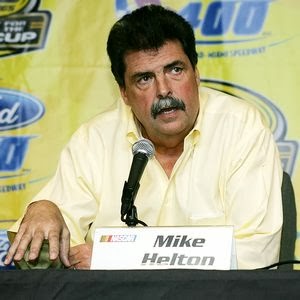 |
| Despite seven wins, Kenseth came up short in comparison |
Jimmie Johnson. Won six races, including the Daytona 500, on the way to his sixth Sprint Cup championship. A “best of” type year, if it wasn’t for Vettel.
Scott Dixon. Four wins and the IndyCar championship.
Tony Kanaan. By winning the Indy 500, he won the biggest race of the year. Also landed him a pretty good ride for next year.
Matt Kenseth. His seven Cup race wins was tops. But he couldn’t win the the biggest prizes.
Dario Franchitti. He didn’t win a single race during 2013, but Franchitti’s still a winner. His Houston crash and subsequent retirement ranks as one of the top stories of the year. His four IndyCar titles, three Indy 500 wins, 21 total victories and his star power will be tough for IndyCar to replace.
Chase Elliott. By winning the All-American 400 at Nashville, the son of Bill Elliott became the first driver to win the Grand Slam of short track racing. Elliott is 18.
Bubba Wallace. It’s not just that he was the first African American to win a NASCAR race in nearly 50 years and only the second ever. At 20, he ranks along with Elliott as one of the future stars of the sport.
Allan McNish. Won his third 24 Hours of Le Mans. Others have more Le Mans wins, but no one has been faster, year in and year out, than McNish,who retired at the end of the season.
Max Angelelli and Jordan Taylor. “Mad” Max, 47, proved an able mentor for Taylor, 22, as the pair teamed to win five of the 12 GrandAm races and the final three events of the season to capture the series’ last title.


